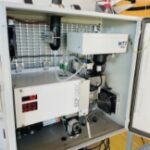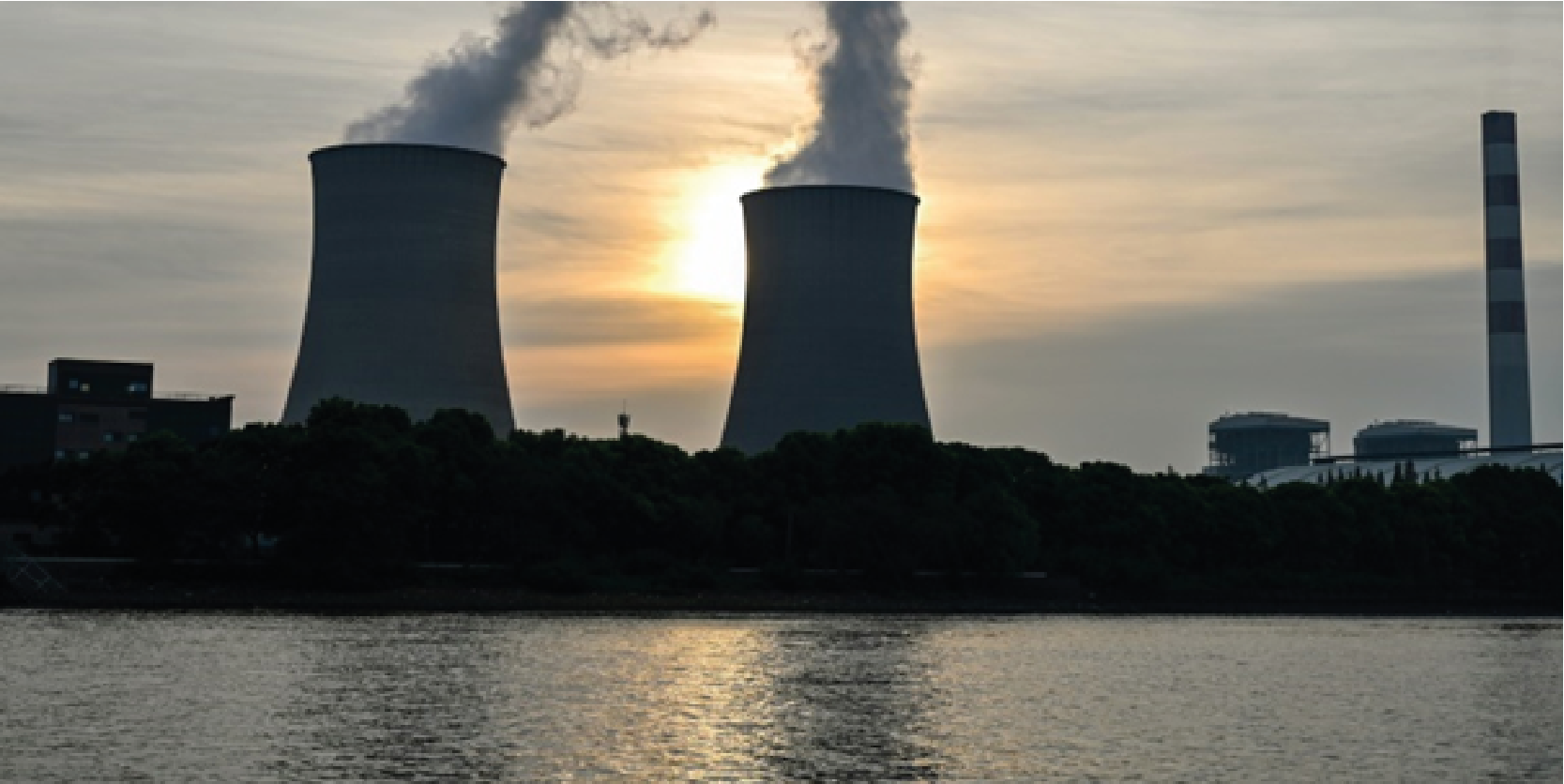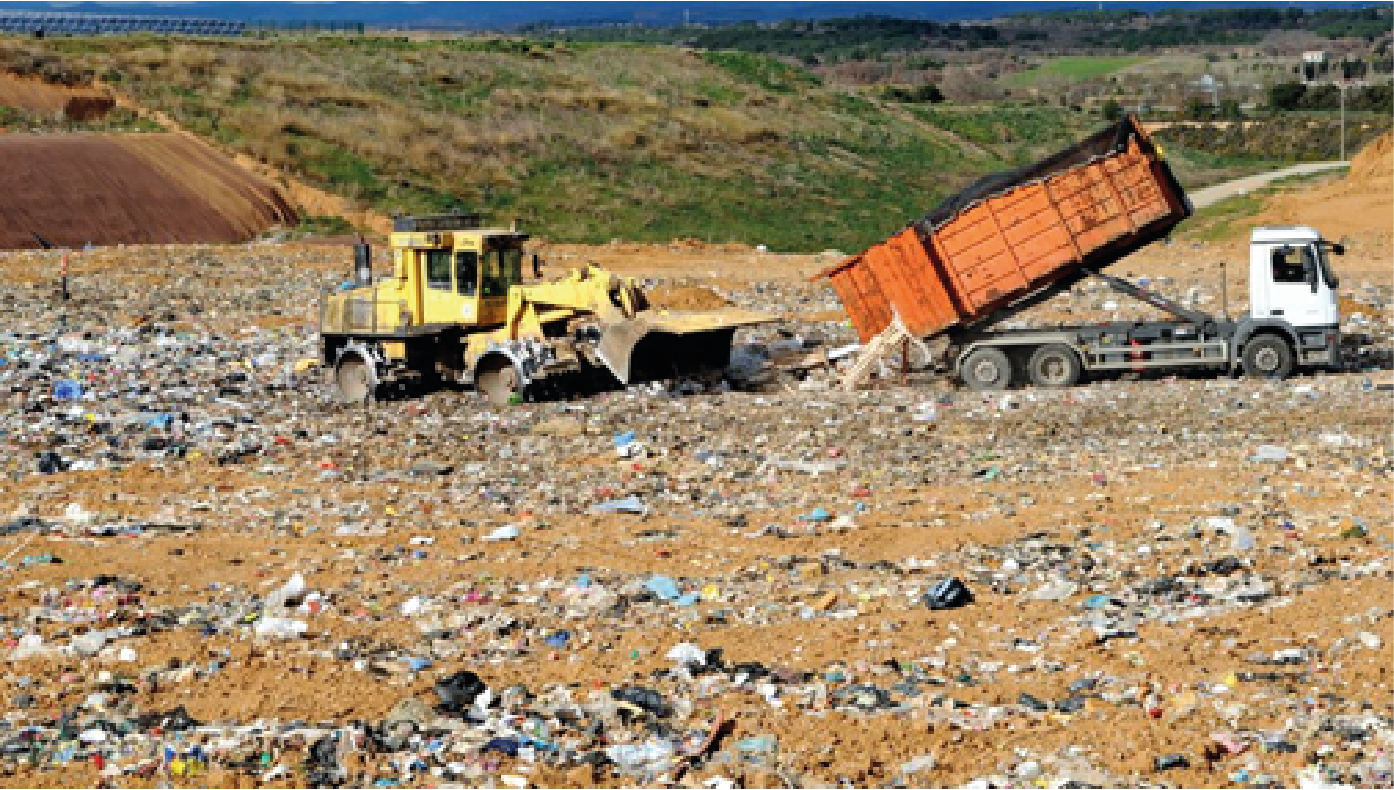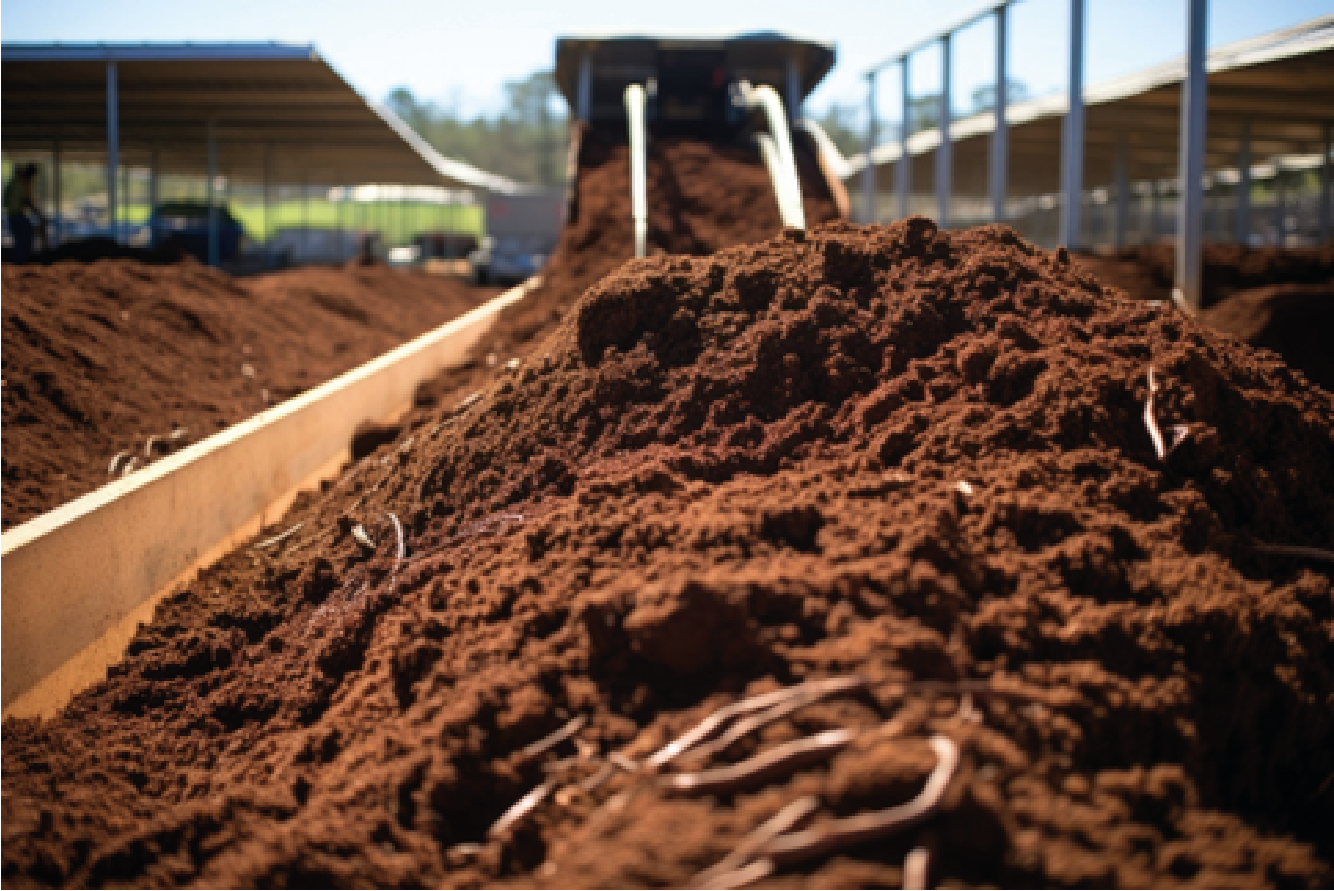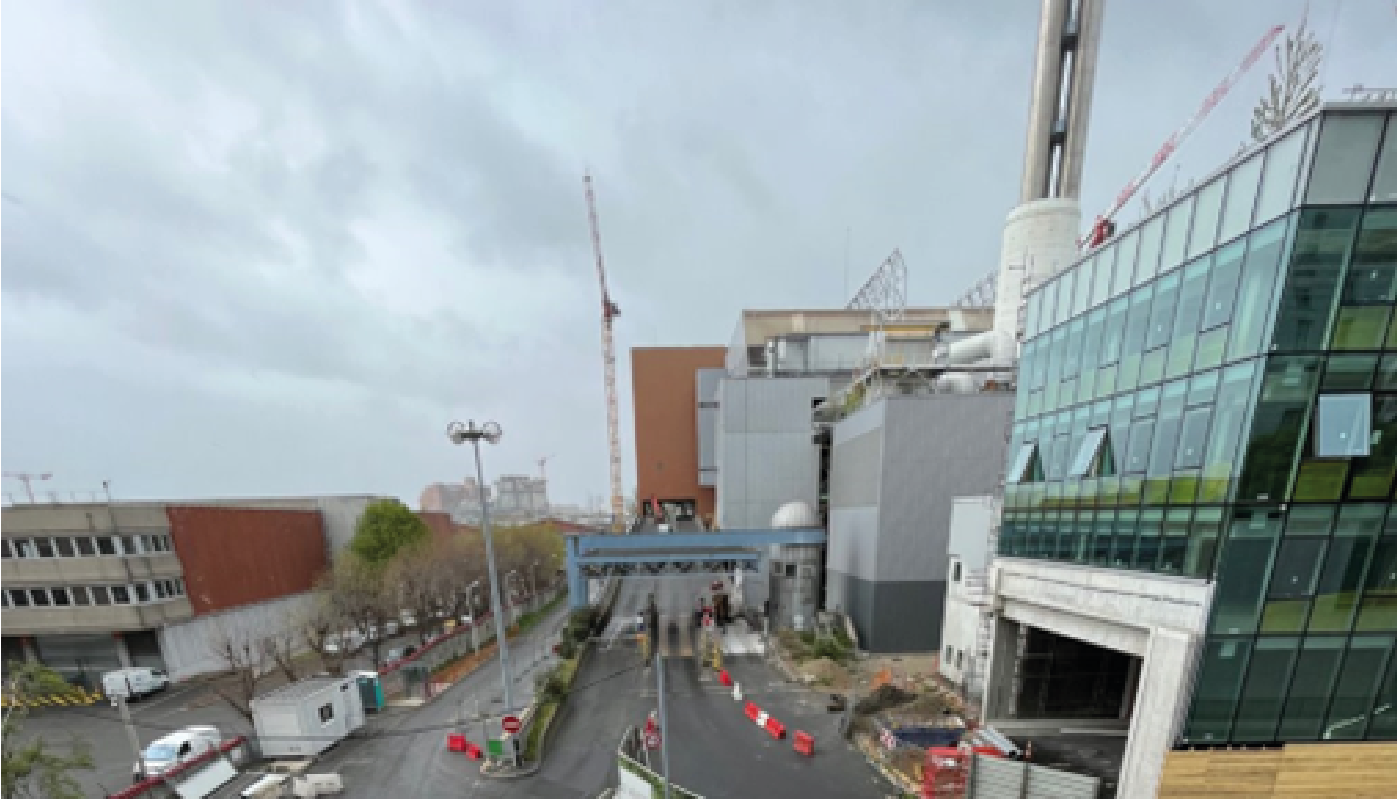Tailored for emissions monitoring at the source and along fencelines
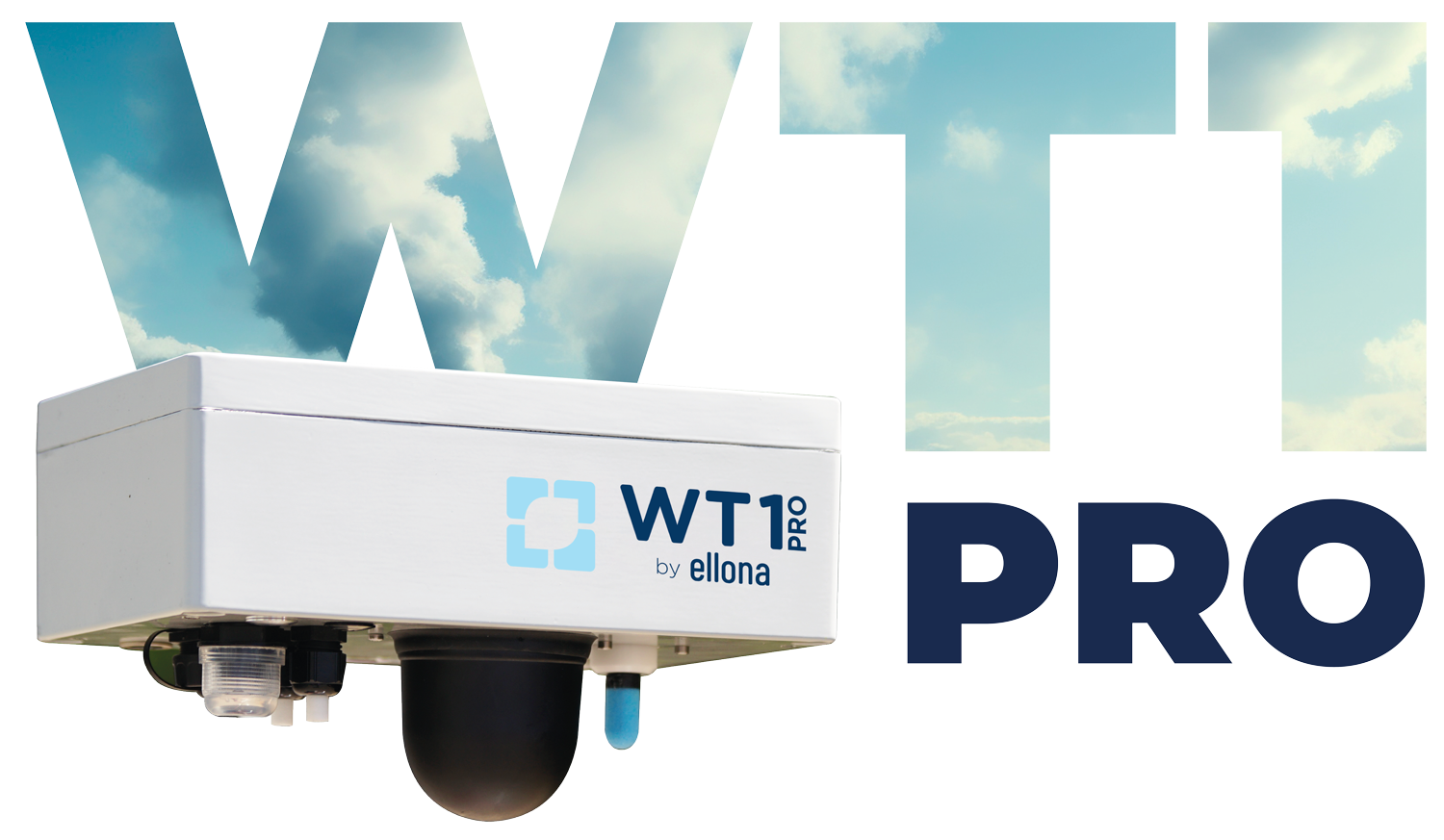
Key features
- Device suited for surface-based and channeled sources
- Gas and particle analysis and identification
- Signatures and fingerprints
- Odor identification and quantification in correlation with reference standards (EN 13725, ASTM 679)
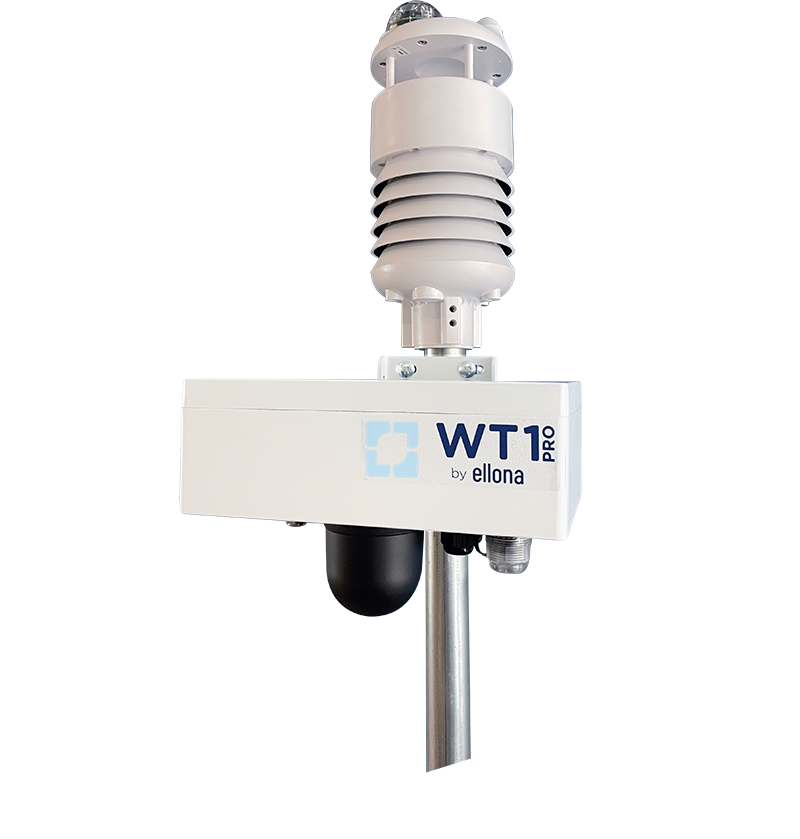
Leading the market with the most advanced and accurate outdoor monitoring system
The WT1 Pro is expertly designed for outdoor environments, particularly industrial sites, that require advanced emission monitoring both at the fencelines and at the source, whether surface-based or channeled. It delivers precise quantification and identification of emissions, with odor analyses aligned with reference standards (EN 13725, ASTM 679). Featuring customizable capabilities, the WT1 Pro captures real-time data on physical, chemical, and perceptual parameters (gases, odors, particles, etc.).
The WT1 Pro offers continuous and simultaneous monitoring of a broad range of sensory parameters, tailored to meet the specific needs of your operations. Whether you oversee a wastewater treatment plant, a waste recovery facility, an airport, a port, a heavy or processing industry, or a construction site, the WT1 Pro is designed to meet your exact requirements.
When integrated with the EllonaSoft platform, the WT1 Pro provides real-time alerts that facilitate proactive and informed decision-making to enhance environmental management. It also supports the initiation of remediation actions, either via its API or through wired connections, ensuring a swift and effective response to emission challenges while strengthening risk management and operational compliance.
WT1 Pro configurationsTechnical specifications and
types of data analyzed by the WT1 Pro:
Native features
Temperature
Humidity
Atmospheric pressure
Optional sensors
Noise
Gas
Up to 6 electrochemical gas sensors and 2 optical gas sensors
Particles
Multiple options available
Odor
Quality / Intensity / 1 card with 4 MOX sensors
Discover the perfect synergy between our WT1 Pro product and the EllonaSoft analysis platform.
Designed by Ellona, expert in environmental technologies, this combination delivers the ultimate solution for sophisticated and intelligent emission monitoring.
Learn more about EllonaSoft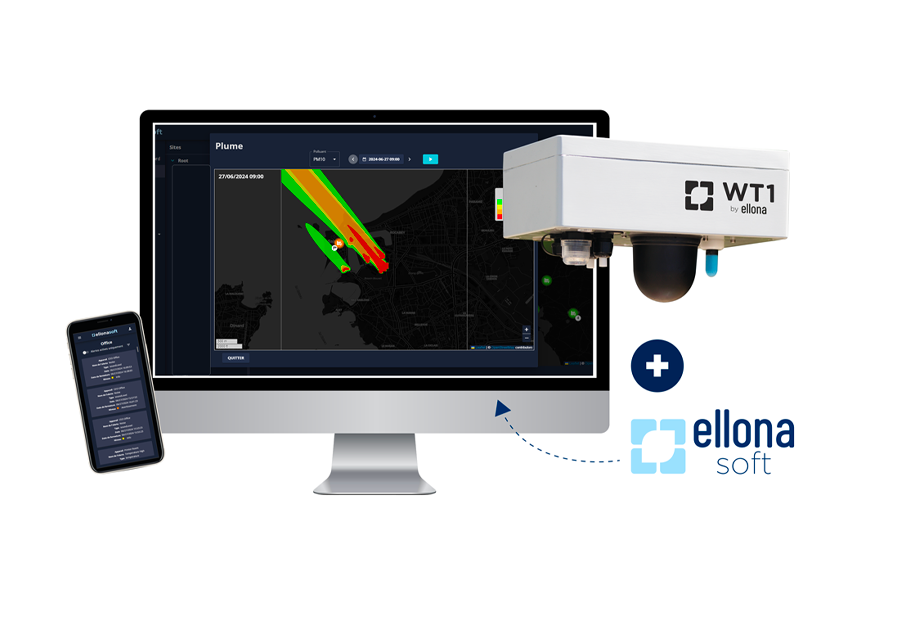
A proven product across various sectors and applications
Sector-specific configuration examples
Construction sites
CO / NO / NO₂ / PM / noise / °C / %RH / hPa
Waste composting facility
NH₃ / H₂S / RSH / PM / Odors / °C / %RH / hPa
Wastewater treatment
NH₃ / H₂S / RSH / VOCs / Odors / °C / %RH / hPa
Ports
CO / NO / NO₂ / SO₂ / VOCs / Odors / Noise / °C / %RH / hPa
Airports
CO / NO / NO₂ / VOCs / Odors / Noise / °C / %RH / hPa
A product with numerous technical advantages
Human Sensory Digitization (HSD)
Combining physical and chemical data collection with human perceptions
Source fingerprinting
Identify pollution sources and investigate root causes
Odor recognition
Identification and quantification (ASTM 679 / EN 13725) using our extensive databases
Patented technology
High-quality electronics for optimal signal-to-noise ratio and LOD (Limit of Detection)
Real-time data
Continuous monitoring with data intervals every 10 seconds
Dynamic system
Independent air inlet/outlet channels for gas and particulate measurements
Multiple connectivity options
Wi-Fi, Ethernet, LTE-M/GPRS
Power capabilities
12V DC input, PoE, battery, and solar panel
Remote updates
Remote updates for embedded software, configuration, and maintenance
Triggering of remediation actions
Control processes via the 4-20mA input, the ON/OFF relay, or the API integrated with EllonaSoft.
Alerts & notifications
Indicators device status in 7 colors
Geolocalisation
Integrated GNSS (GPS/Galileo/Beidou/Glonass)
Compact design
Durable against chemical corrosion, harsh environmental conditions, and physical impacts

Real-time analysis
By transforming raw data into actionable insights, Ellona’s environmental intelligence platform provides enriched data, facilitating effective and impactful actions for businesses and communities

Identification
Ellona’s AI algorithms and databases not only measure odors and particles but also identify their specific types.

Emission model
Ellona provides dispersion modeling software that integrates weather data to simulate the impact of a site’s emissions on its surrounding environment.

Alerts & notifications
The Ellona platform enables you to set up a range of real-time alerts and automate the creation of insightful reports.

Automated remediation activation
This feature, integrated particularly with the WT1 Pro, allows for the automation of triggering third-party systems (such as sampling, misting, ventilation, etc.) through precise management of ON/OFF devices and 4-20 mA inputs, or via the API. This automation ensures a rapid and appropriate response in the event of a detected incident.

Feedback on human perception
Ellona’s solutions feature real-time feedback functionality, allowing individuals to report their environmental perceptions and refine the analysis algorithms accordingly.
Your questions, our solutions
How to measure, identify, and accurately locate outdoor noise?
Outdoor noise management relies on two key aspects: measuring sound levels to ensure compliance with regulations, and accurately identifying noise sources for targeted nuisance management. Ellona‘s WT1 Lite and WT1 Pro devices address these needs. These devices precisely monitor outdoor sound levels to ensure compliance with authorized thresholds, whether in urban or industrial environments. They provide continuous monitoring of sound intensities and allow for adjustments in control strategies based on changes in noise levels. The WT1 Pro goes further by offering a detailed analysis of sound signatures through artificial intelligence algorithms and databases. Additionally, with the EllonaSoft platform,the collected data is centralized, analyzed, and used to optimize noise nuisance management, helping to secure people, infrastructure, and the environment.
How to measure, identify, and locate fine particles (PM1, PM2.5, PM10) and crystalline silica outdoors?
To identify and measure fine particles (including PM1, PM2.5, PM10) on industrial or construction sites, Ellona offers tailored solutions such as Dustkair, a portable device designed to be worn close to the respiratory pathways. It allows real-time measurement of inhaled particles, including crystalline silica, a highly carcinogenic element. Ellona also offers fixed systems like the WT1 Lite and WT1 Pro, which provide continuous monitoring of particles outdoors. These devices not only identify sources of particulate pollution and track concentration changes over time but also centralize data through the EllonaSoft platform. This platform facilitates optimal health risk management by enabling precise tracking and rapid response to any concentration threshold exceedances.
How to measure, identify, and precisely locate gas emissions outdoors?
Thanks to real-time multivariate analysis, Ellona provides ultra-precise identification of the nature and sources of gas emissions. The WT1 Pro device integrates up to 6 electrochemical sensors and 2 optical sensors (or 1 optical and 1 PID), while the WT1 Lite can contain up to 4 electrochemical sensors and 1 optical sensor, with the option to choose from a list of 25 different gases.
The EllonaSoft platform processes this data every 10 seconds to identify, locate, and dynamically model emissions, integrating meteorological data and AI algorithms.
The result? Precise detection, intelligent alerts, and automated corrective actions—ideal for industrial sites, smart cities, ports, and airports.
Is the analysis of NH3 and H2S molecules enough to qualify and quantify odors (odours)?
No, the analysis of H2S (hydrogen sulfide) and NH3 (ammonia) molecules is not sufficient to assess all odors (odours) present in an environment. Although these molecules are commonly analyzed using electrochemical sensors, they only represent a fraction of the odor (odour) compounds. Hydrogen sulfide and ammonia are indeed important components of certain odor (odour) nuisances, but many other chemical compounds are responsible for varied and complex odors, such as aldehydes, volatile fatty acids, and mercaptans, which are not detected by these traditional technologies. This is precisely what the MOX (Metal Oxide Semiconductor) sensors used in Ellona devices, such as the WT1 Lite, the WT1 Pro (specifically designed for outdoor use), and the POD2 (adapted for indoor environments), are capable of detecting.
How to measure, identify, and precisely locate odors (odours) outdoors?
Odors (odours) are measured, identified, and precisely located by deploying devices either at the source (technical facilities, industrial sites, etc.) or on the periphery of sites to monitor dispersion and assess the impact of olfactory nuisances.
Ellona’s devices, such as the WT1 Pro and WT1 Lite ,do more than just measure odor (odour) levels. Thanks to a combination of MOS sensors and advanced data processing based on multivariate statistics and artificial intelligence, our sensors can accurately identify the nature and sources of olfactory nuisances. The WT1 Pro, designed for confined sources, is particularly well-suited for this task, while the WT1 Lite is dedicated to monitoring the periphery of sites, tracking odor (odour) dispersion in the environment.
Ellona also relies on several recognized methodologies to identify odor (odour) sources:
- source observation,
- clustering, the FISOL methodology,
- and dynamic olfactometry (EN 13725), which is only possible with the WT1 Pro.
These approaches analyze nuisances based on their temporal recurrence, intensity, frequency, and duration. All collected data is integrated into atmospheric dispersion models that factor in meteorological conditions (wind direction and speed, temperature, humidity, etc.), allowing for a comprehensive analysis of odor (odour) propagation and the optimization of nuisance reduction strategies.
- Features
- Accessories
- Resources
Integrated sensors
Optional sensors :
| Sensor | Principle | ELLONA virtual sensor | Training |
|---|---|---|---|
| Odour Detection | Source baseline odour variation with an upper threshold limit at 5 IOU | “ELLONA distance” Anomaly detection OIIL: Odour Intensity Index Level in real time | Sampling? NO Inputs? Source variation observation or QR code |
| Odour Intensity | Odour Quantification & EN 13725, ASTM 679 | “IOU: Instrumental Odour Unit in real time” | Sampling? Olfactometry Sample Inputs? QR code + Dynamic Olfactometry |
| Source Identification | Source Fingerprinting | “Identification” Classifier & Trigger value | Sampling? Source Inputs? QR code + Dynamic Olfactometry |
| Sensor | Measuring Range | Resolution | LOD | Typical Accuracy |
|---|---|---|---|---|
| PM1 | 0 to 1 000 µg/m³ | 1 µg/m³ | 0,5 µg/m³ | ±2 µg/m³ |
| PM2.5 | 0 to 2 000 µg/m³ | 1 µg/m³ | 0,5 µg/m³ | ±3 µg/m³ |
| PM10 | 0 to 10 000 µg/m³ | 1 µg/m³ | 0,5 µg/m³ | ±4 µg/m³ |
| PM count | PM1, PM2.5, PM10 particles/m³ | 1 particle | – | Linearity error <5%, Repeatability error <3% |
| Sensor | Sensor Type | Measuring Range | LOD | Resolution | Main Interferences |
|---|---|---|---|---|---|
| Alcohols | Electrochemical | 0 to 200 ppm | 0.009 ppm | 0.001 ppm | +1% CO, hydrocarbons |
| CH₄ – NDIR | Optical sensors | 0 to 5% | 0.01% | 0.02% of FS range | Light hydrocarbons |
| CH₂O (Formaldehyde) | Electrochemical | 0 to 10 ppm | 0.002 ppm | 0.001 ppm | +3% H₂ ; +15% CO ; +50% Ethanol, organic solvents |
| Cl₂ | Electrochemical | 0 to 20 ppm | 0.018 ppm | 0.006 ppm | 100% NO₂ ; -80% H₂S |
| CO | Electrochemical | 0 to 1,000 ppm | 0.063 ppm | 0.001 ppm | +10% H₂; -2% NO₂ |
| CO₂ – NDIR | Optical sensors | 400 to 10,000 ppm | ± 30 ppm | 1 ppm | |
| EtO (Ethylene oxide) | Electrochemical | 0 to 10 ppm | 0.005 ppm | 0.001 ppm | +30% H₂ ; +50% CO; +60% EtOH |
| H₂ | Electrochemical | 0 to 2,000 ppm | 6 ppm | 2 ppm | NO<40%; C₂H₄<25% |
| H₂ | Electrochemical | 0 to 4,000 ppm | 6 ppm | 2 ppm | +70% CO |
| H₂ | Electrochemical | 0 to 40,000 ppm | 15 ppm | 5 ppm | +60% CO |
| HCl | Electrochemical | 0 to 20 ppm | 0.2 ppm | 0.06 ppm | 50% HBr, <200% H2S; -30% NO2; <25% Cl2 |
| HCN | Electrochemical | 0 to 100 ppm | 0.129 ppm | 0.043 ppm | +300% H₂; -180% NO₂; -12% Cl₂; +10% SO₂ |
| H₂0₂ (Peroxyde) | Electrochemical | 0 to 100 ppm | 0.1 ppm | 0.03 ppm | + 100% SO₂ |
| H₂S | Electrochemical | 0 to 50 ppm | 0.003 ppm | 0.001 ppm | -30% NO₂ ; -25% Cl2 ; +10% SO₂ |
| NH₃ | Electrochemical | 0 to 100 ppm | 0.09 ppm | 0.03 ppm | -20% SO₂ |
| NO | Electrochemical | 0 to 250 ppm | 0.011 ppm | 0.001 ppm | +10% H₂S; +2% NO₂ ; + 3% SO₂ |
| NO₂ | Electrochemical | 0 to 5 ppm | 0.003 ppm | 0.001 ppm | +10% H₂S; +2% NO₂ ; + 3% SO₂ |
| NO₂ + O₃ | Electrochemical | 0 to 10 ppm | 0.003 ppm | 0.001 ppm | +100% Cl2 |
| N₂O – NDIR | Optical sensors | 0 to 1,000 ppm | 50 ppm | 20 ppm | +10% CO₂ |
| O₂ | Electrochemical | 0 to 30% | 0,1% | 0,1% | |
| PH₃ | Electrochemical | 0 to 10 ppm | – | <0,1 ppm | <15% H2S; <30% NO2; <60% SO2 |
| RSH (Tertiobutyl Mercaptan) | Electrochemical | 0 to 14 ppm | 0.1 ppm | 0.03 ppm | |
| SO₂ | Electrochemical | 0 to 50 ppm | 0.008 ppm | 0.001 ppm | 130% NO₂ : -60% Cl2 ; + 40% C2 H₄ |
| COV (concentration) | PID | 0 to 10 ppm | 0.003 ppm | 0.001 ppm | non-specific detection of compounds having an IP < 10.6 eV |
| Sensor | Measuring Range | LOD | Accuracy | Resolution |
|---|---|---|---|---|
| Noise | 30 to 120 dBA | / | 1 dBA | 0.1 dBA |
| Sensor | Measuring Range | LOD | Accuracy | Resolution | Lifespan |
|---|---|---|---|---|---|
| Temperature | -40°C to +85°C | / | ±1°C | 0.1°C | 3-5 years |
| Humidity | 0 to 100% HR | / | ±3% HR | 0.01% HR | 3-5 years |
| Atmospheric pressure | 300 to 1.100 hPa | / | ±1 hPa | 0.1 hPa | 3-5 years |
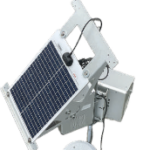
Power Packs
Solar Panel
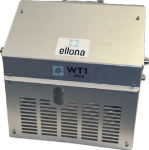
Protection
Protective Shelter
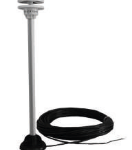
Weather System
Anenometer
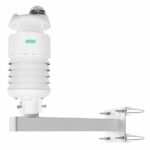
Weather System
Weather Station
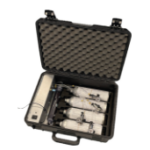
Maintenance
Calbox
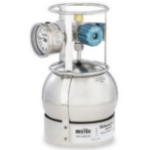
Sampling accessory
SilcoCan Canister
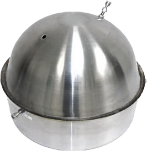
Sampling accessory
Sampling Flow Chamber
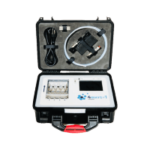
Sampling accessory
4WAYS Sampler
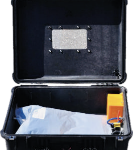
Sampling accessory
Vacuum Chamber
